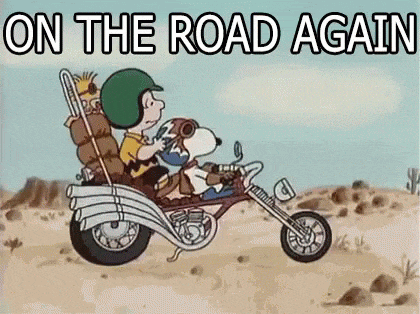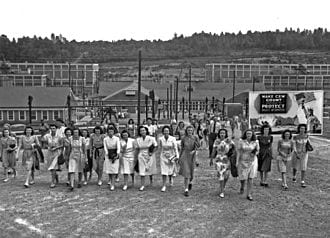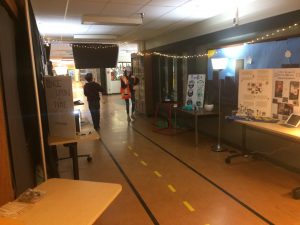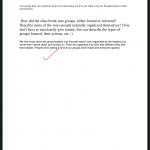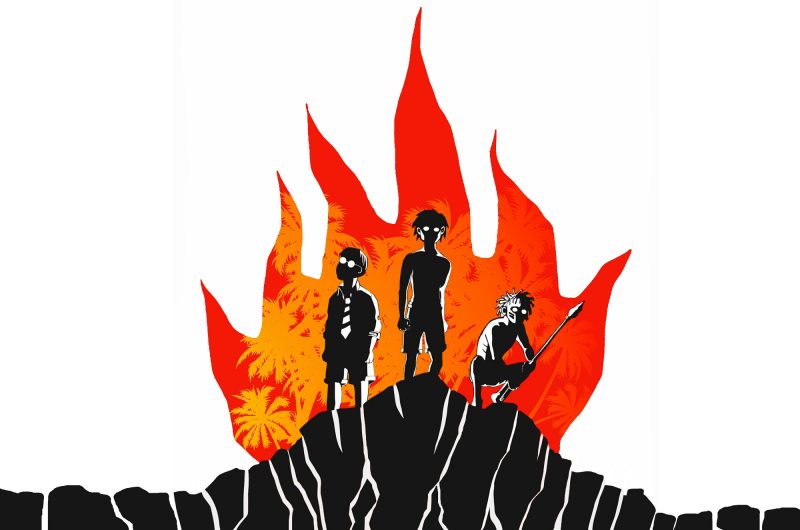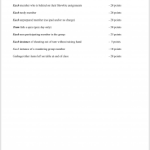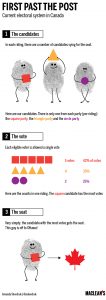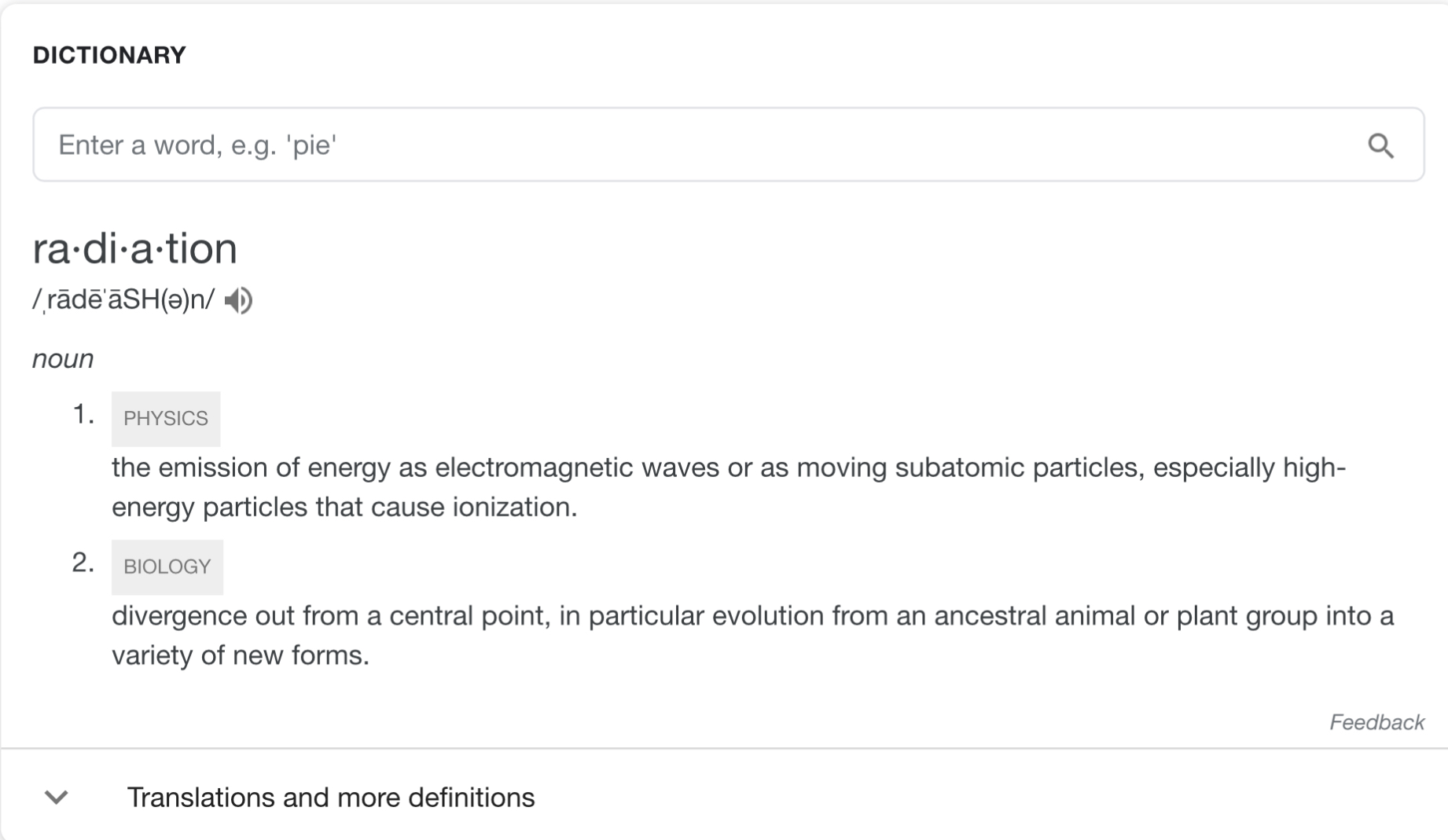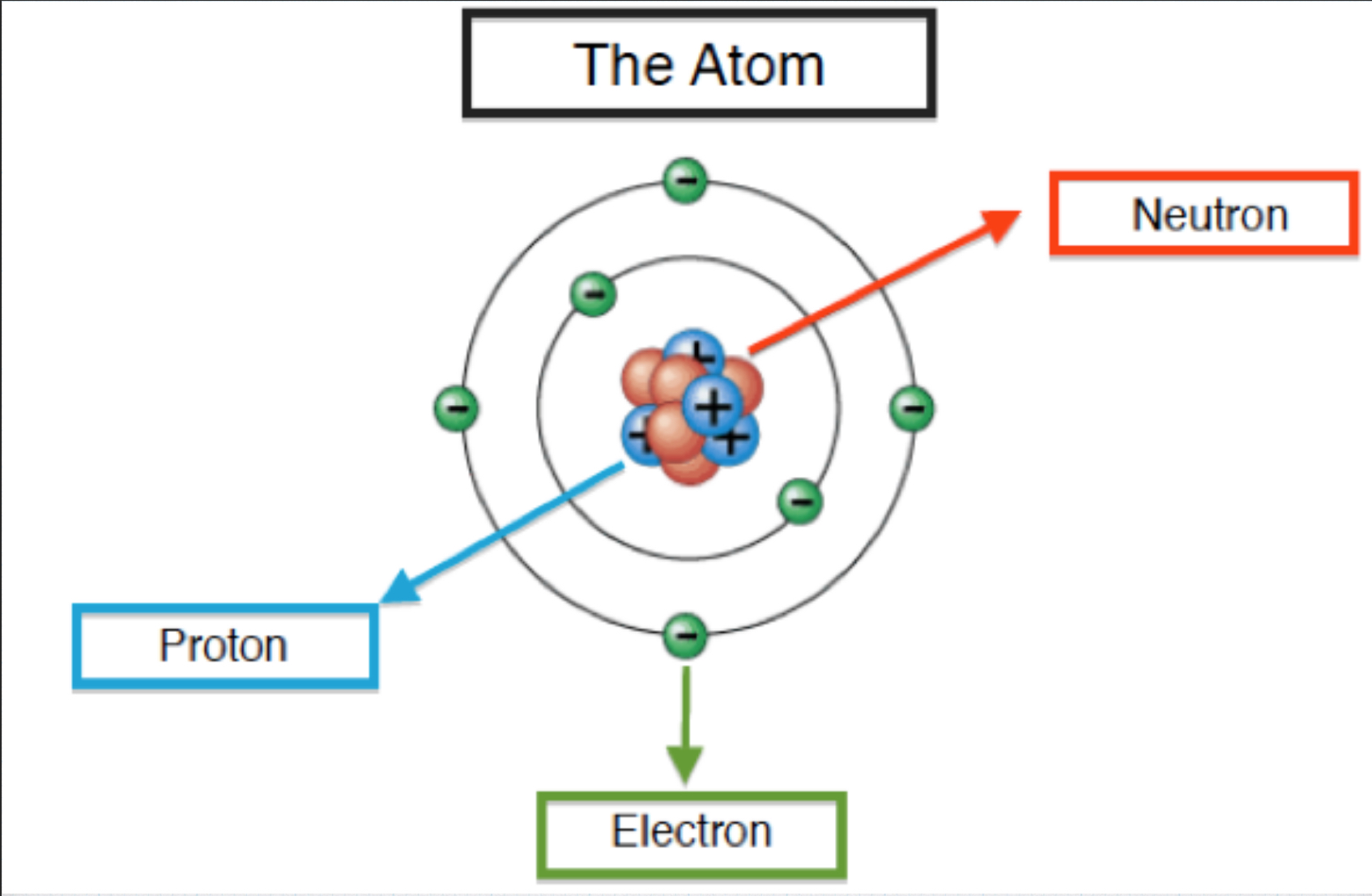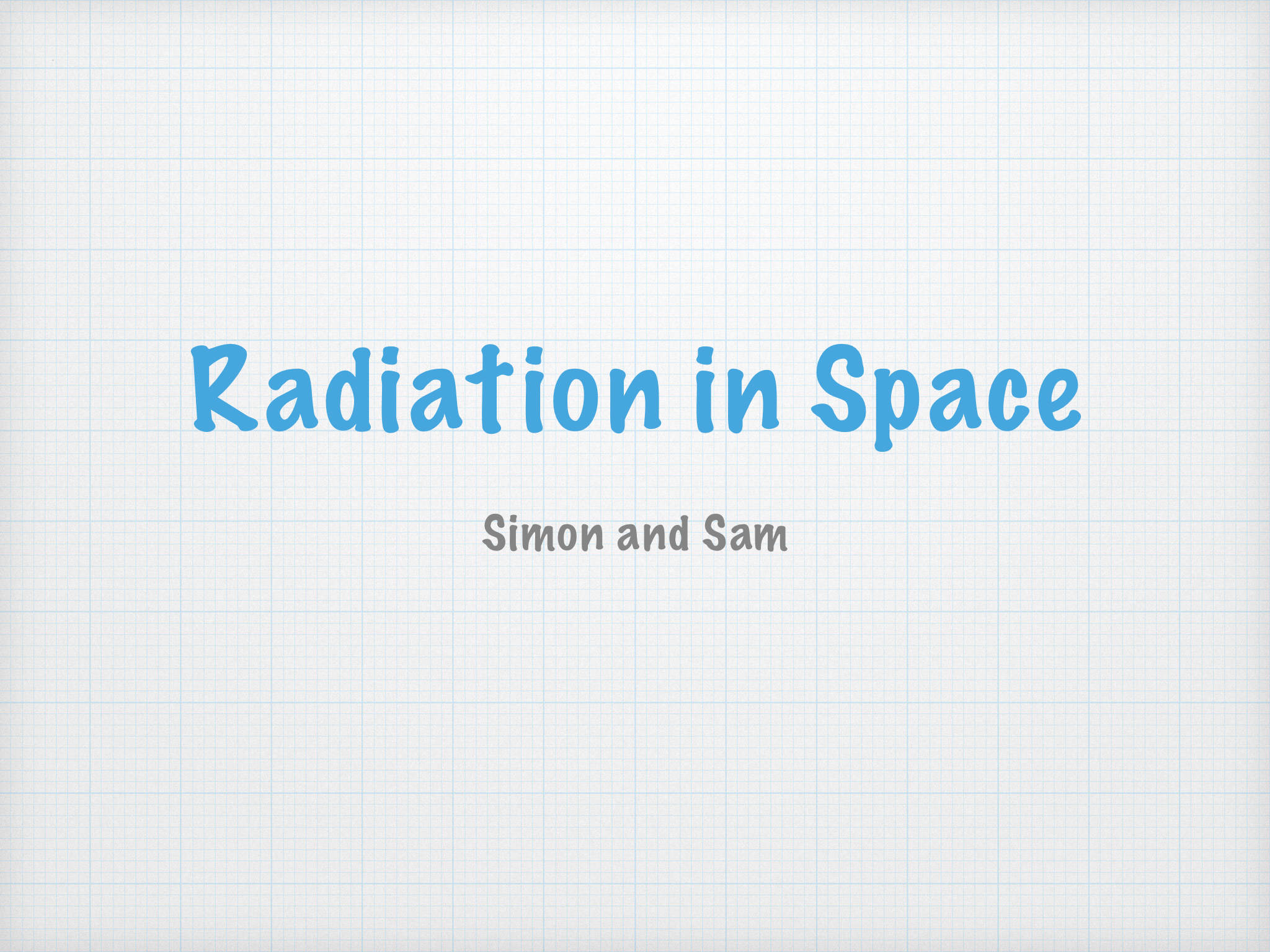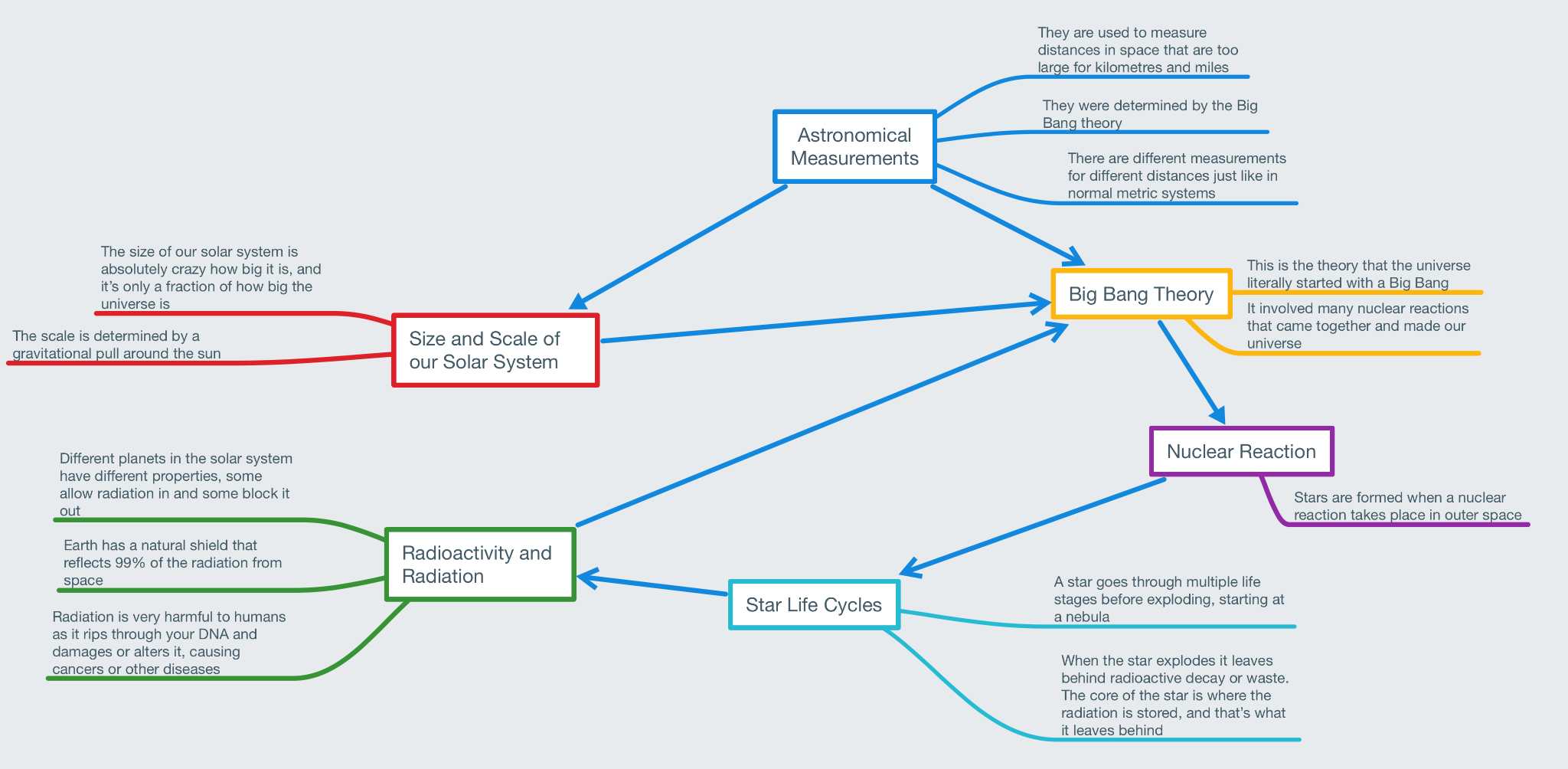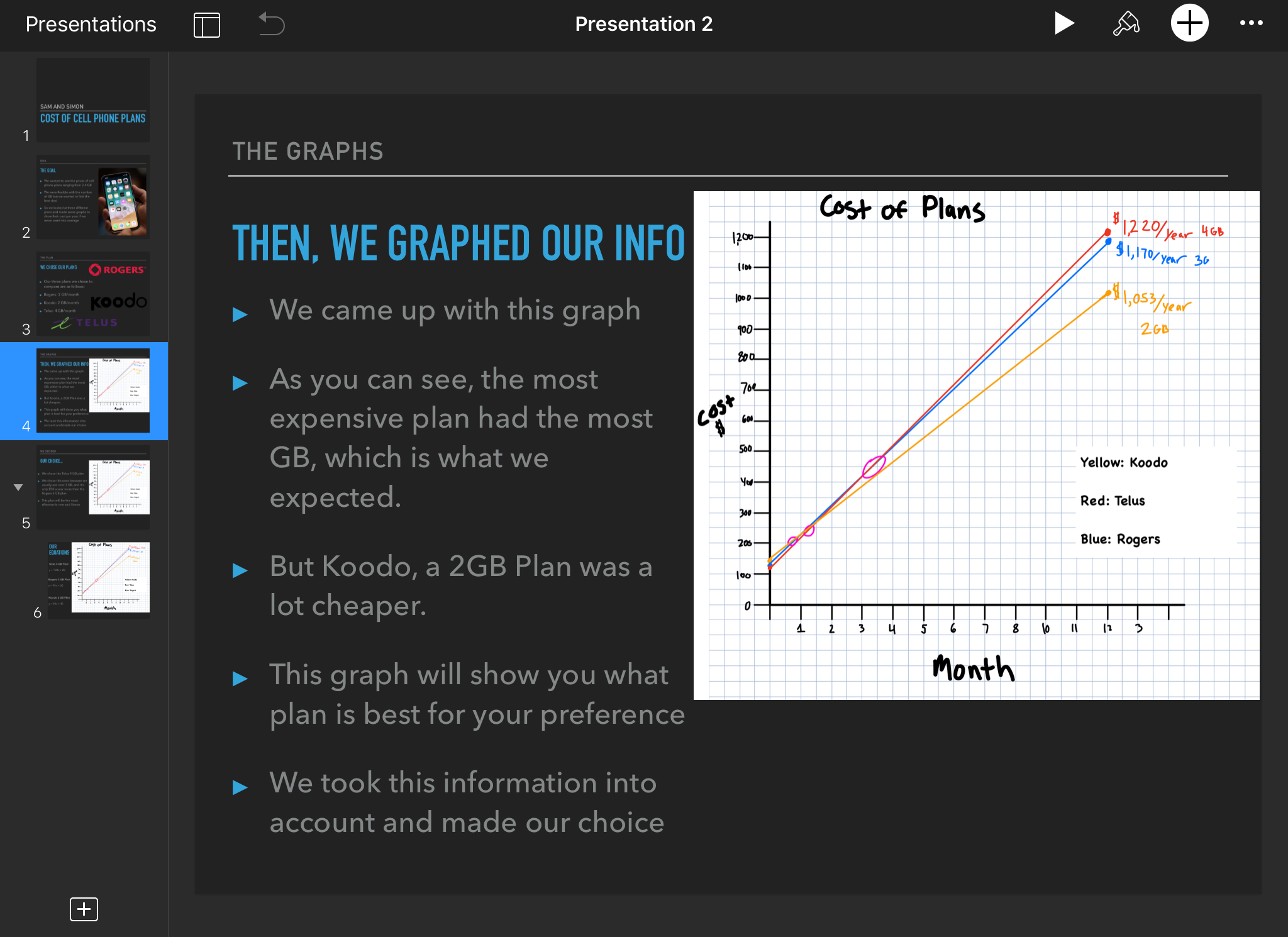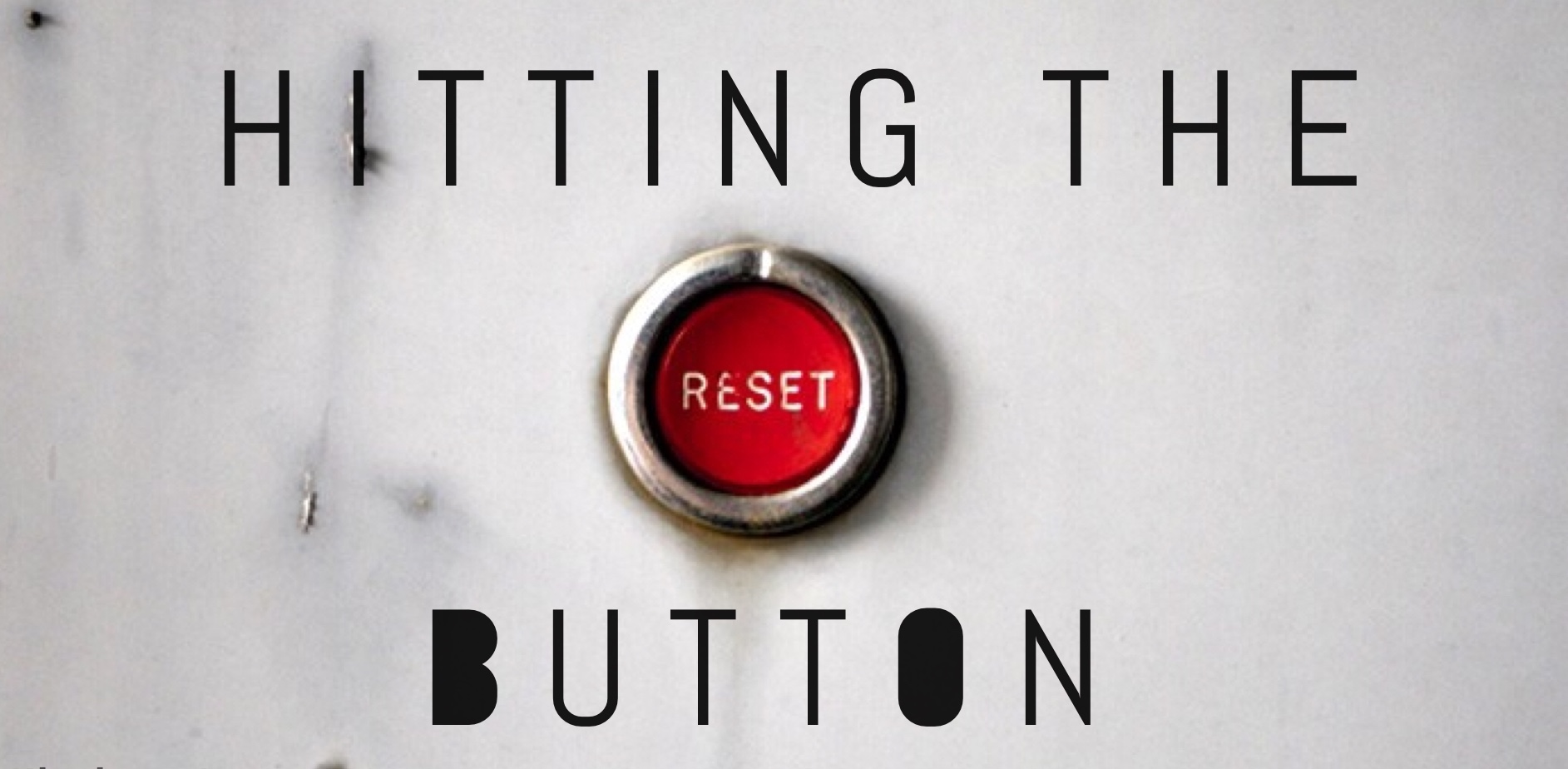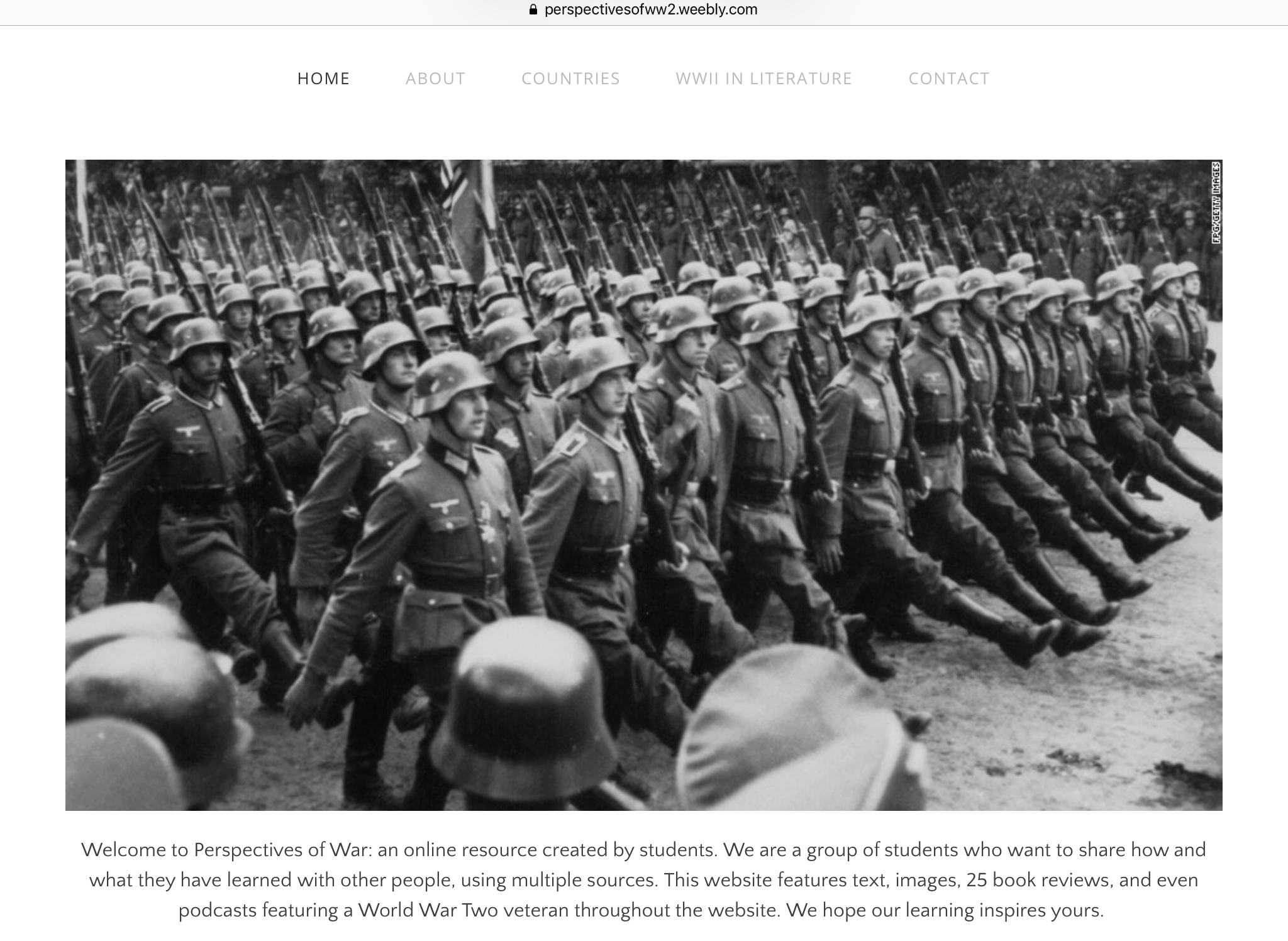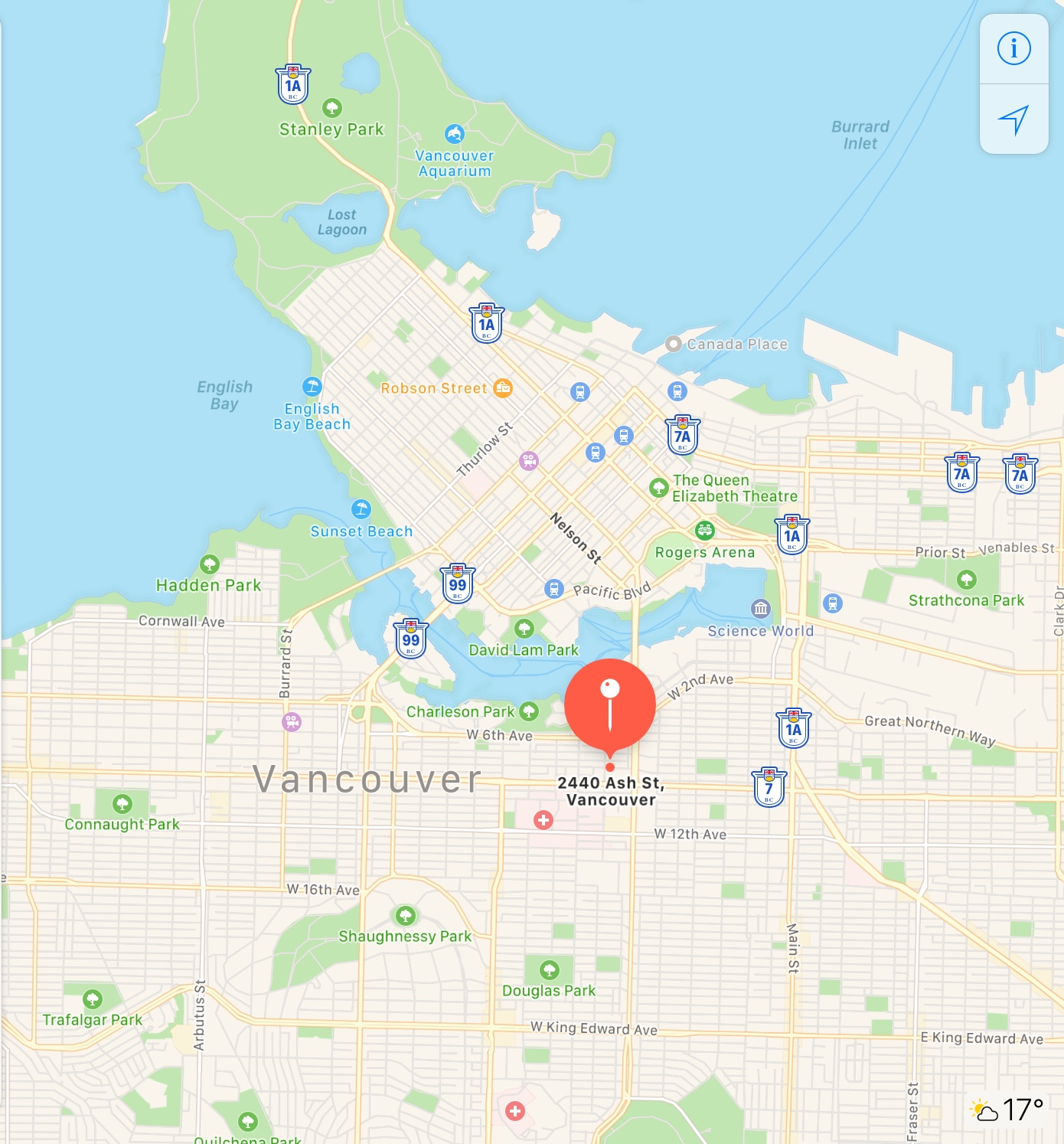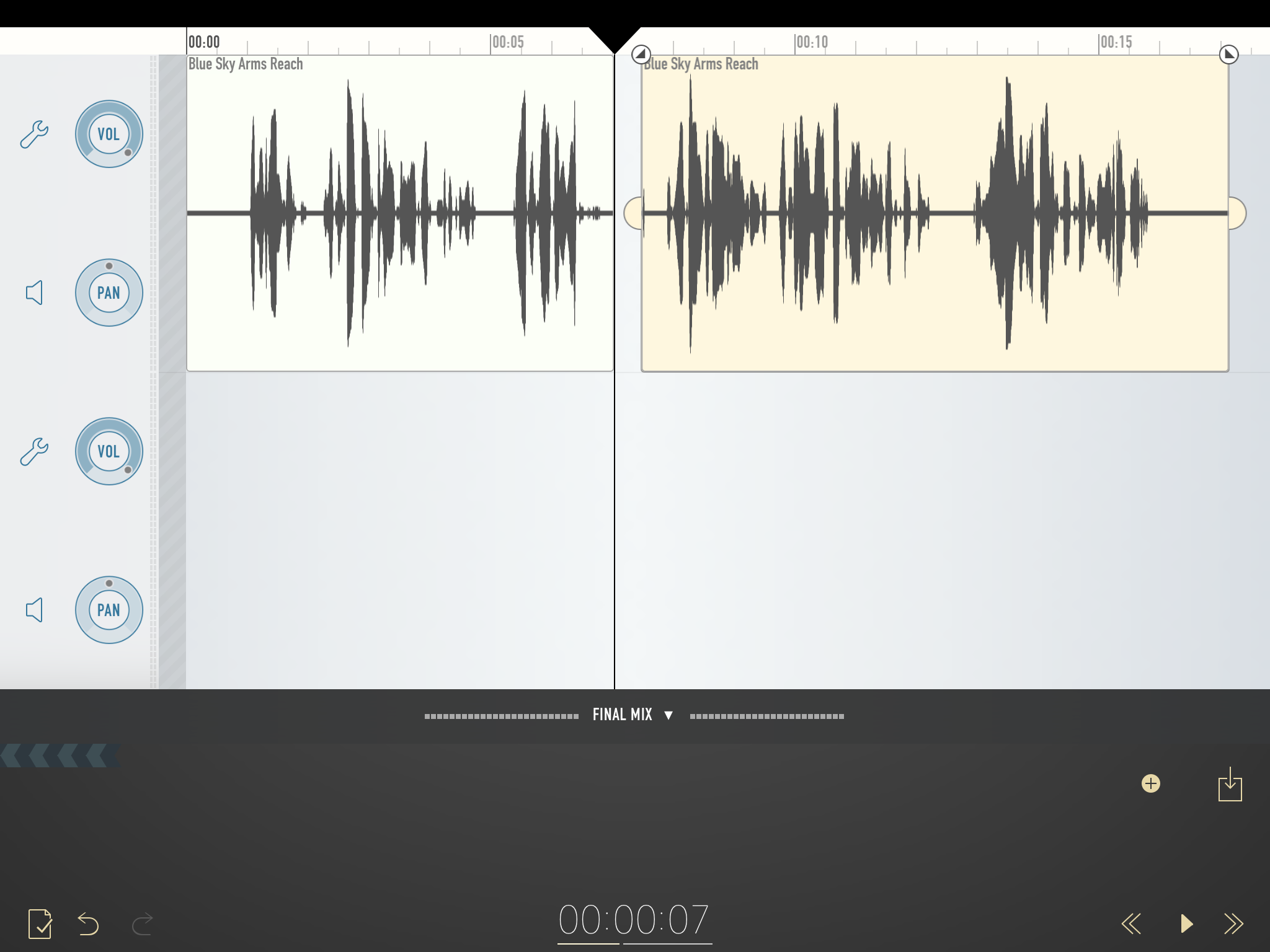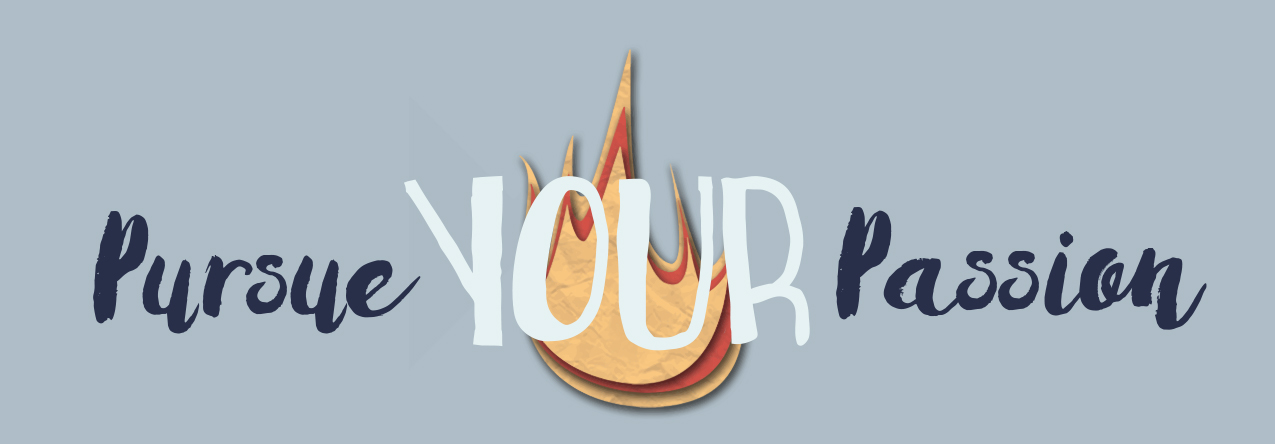Here we are again, another blog post. This one is going to cover an entire Humanities unit, so get ready.
Since we finished our recent unit about WWI, we have now moved on to learn all about WWII. The project we did for this unit was different from anything we’ve done before. Instead of a simple book review, podcast, paragraph or research paper, we did all of that and more.
Our goal was to make a website. This website would have multiple pages, and each page would be about one country that participated in WWII. But before all this, we had to complete many steps to get there.
1. Learn the Basics of WWII
This was the start of a large project. Since we would be making a website about the war, we needed to know all about the war. We did this by studying maps and watching a bunch of videos about the history of WWII and the major battles. We took lots of notes and familiarized ourselves with the major players, dates and battles of WWII, so we knew what we were talking about. For the most part.

Next, as a class we came up with any questions we had about WWII before we started our research, and we would go back and check them at the end of the unit. Here are a few questions we had as an example:
– How were concentration camps viewed by those uninvolved in the war, as well as those involved?
– What were some of the future plans of Hitler and the Nazis?
– How was the war disrupted by having new technology?
– How did war affect families at that time?
These questions were unanswered to us at this point but we were hoping we would learn the answers to them by the end of this unit.
We were also put into groups based on our preferences on which country we want to study for this unit. Since our website would feature all the countries in WWII, we got to choose our top three countries to study, and I got my first choice, Germany. I was grouped with Sofia, Adam, and Reid.
2. Book Reviews and Citing in MLA Format
The next step was to focus on the literature part of our project. We were given three books to read, and then we needed to write a book review. But look below because I tell you all about this in this post:
Book Reviews Will Break Me Someday…
Since we would be writing a lot in our websites, we would need to do some research. This is why we began practicing our citing skills. We went to this website to see the basic criteria for each different type of citing, since we’d be citing books, videos and websites. We then practiced in text citations in paragraphs about battles we had just learned about, such as the Battle of Britain.

We also looked at some book review examples to get our minds thinking about how we would write ours. Since we had all read the book Little Brother by Cory Doctorow, we read a book review written by Austin Grossman in the New York Times.
Overall this stage was to get ready for actually writing the website, and how to give credit to the websites we took information from. This is really important if you want to avoid plagurism, which is a big deal.
3. The Project Deliverables
The next phase was the making of the project. But before this, we had an incredible experience.
As a class we got the amazing privilege of meeting Helmut Lemke, a german WWII veteran. He fought in some pretty cool battles, and he told us all about his entire WWII experience. This was something I will remember for a long time, as it was crazy to hear the stories he told from a German perspective. To him, he was fighting for the right country, since he is a German. He didnt know the extent of the concentration camps, and the Hitler youth was a fun Boy Scouts activity.

Helmut Lemke as a teenager
Since his stories were so interesting and it’s not every day you get to meet a WWII veteran, we decided, with Helmut’s permission, to record his stories. This was so we could make podcasts. Because the recording was an hour long, we broke up the audio into sections and we could choose within our groups what part we wanted to do. Mine was about Helmuts battle of the Russian front.
This was an amazing experience and I’m so glad I was a part of it, and able to record it to keep it with me. Seeing the perspective of a german soldier was really cool for our group, since we were studying Germany, and so to actually hear what it was like in person was incredible. Helmut was very interesting to listen to, and his life is so much different from ours it’s mind blowing.

The next step was to actually put all of our research into the website. The criteria that was given to us looked like this:
#1. Your Country Pre-WWII (before 1939)
Location, language, leaders/political parties, population, military, prevalent religions, historical turning points (perhaps after WWI), culture, etc.!
#2. 1939 The War Begins
Who was your country allied with? Why did your country enter the war? What were their goals?
#3. Military/Technology
#4. Timeline of WWII for this country
#5. Helmut Podcast
#6. Details of Significant Battles
Tell your battle from the perspective of YOUR country.
#7. Soldier Details
What did your soldier look like on the battle field? What type of training did these soldiers endure? Where were the training camps?
#8. YOUR CHOICE! There is something unique about each of these countries. I am sure you have found yours by now. Add some interesting details that are unique to your country that have not been covered in previous sections.
Now that we had this, and all our research, we could begin the creation of the site.
To create and build the site, we used an application called Weebly. This didnt go so smoothly when we tried to edit the site on our iPads. Every time someone hit undo, all the work done in the past few seconds would disappear, which didn’t work since the whole class was trying to edit their own pages. We then tried again on the schools laptops, and this worked wayyyy better. The website was finally coming together.

Once we had all our information down, it was time to format it all. We all agreed upon basic formatting such as font, titles, and justifying the text. We also all had 3 or 4 sub pages for topics like Before the War, or After the War to break up all our information. We also included lots and lots of photos to keep the website from looking bland. Another aspect we had that was pretty cool was that our book reviews, which we posted on our blogs, and our Helmut Podcasts were also added to the website. We also added some photos of us as a class.
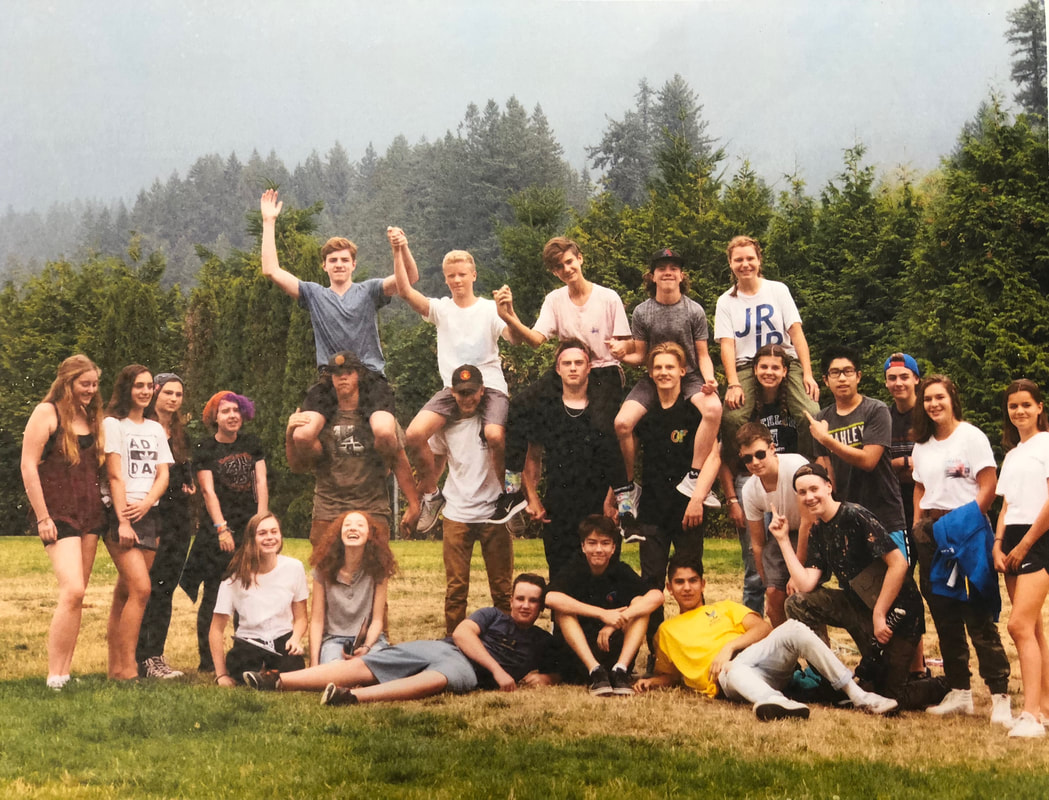
But it was time to present, and so we took turns in our country groups presenting to the class as a mock presentation. We did this practice one first because we would be presenting to Ms.Maxwell’s teacher, Kathleen Barter, who is very knowledgeable when it comes to WWII history. So, we prepared our pages and made final edits, and then we finally presented our pages, and got through the whole website with seconds to spare in our block.
Mrs. Barter gave us great feedback, and asked us great questions. Our last missing piece was the focus on the perspective of each country, since that was the title of the website. We needed to write more about that. But other than that, I know that my country, Germany, and everyone else did really well.
At this point you’re probably dying to see our website.
Well Here it is. Have fun.
Reflection
This website was probably one of the most unique projects we’ve done. I actually really enjoyed it, for a few reasons. For one, I like learning about war history since it wasn’t too long ago and is really cool to research. Also, we used multiple projects from our WWII unit and put it into one large form of media, a website. Instead of just doing a book review and then moving on, like you would do in “normal school,” we did that and a podcast. We pulled our personal and individual work into one website, making this website very personalized as us as a PLP class. And lastly, I liked how the whole class worked together to get this done. We all did our own pages of course, but we had to work closely together to make the website consistent and look good. This website was the first time we’ve all worked together as one big team. Overall, this was a lot of fun, and I learned so much from all of our research, and actually building our own media source that the world can see.
That’s all,
See you





